
Sitemaps are essential parts of websites because they serve as directories containing important pages. Search engines like Google uses sitemaps to locate and index pages so that they will appear on their search results. That is why in the SEO field, using sitemaps is a must for every website. There are various sitemaps that you can make for your website, such as XML, HTML and Visual sitemap. On that note, we included some methods to create sitemap easily for your website.
3 Methods to Create a Sitemap
- Steps to Create XML Sitemap
- Steps to Create HTML Sitemap
- Steps to Make Visual Sitemap Online
- Sitemap Best Practices
Steps to Create XML Sitemap
A sitemap is an internet protocol that lists all the internal links within a website. This allows the webmaster to update search engines about all the links that directs to the website, and makes it easier for the engine to crawl each internal links. Sitemaps are XML files that contains not only lists of links, but their information as well such as date of optimization and things alike. To learn how to create a sitemap in XML file, follow the steps below.
- First, you will need to gather all the links within your website. There are two ways to do so, one is by using a tool that crawls through the entire website to collect the links, or do it manually.
- Next is to code the URLs in XML format. To do so, you can use text editors like Notepad++ or similar applications to write the codes.

- After editing the XML file, you can then save it on your PC as a single file. Last step on how to make a sitemap is to submit it to Google or any search engine.
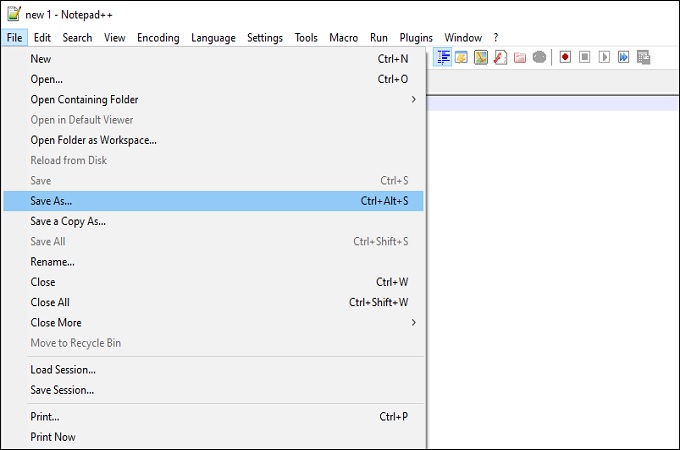
Steps to Create HTML Sitemap
As mentioned above, HTML sitemap is also a type of sitemap that is important for any website. Hypertext markup language or best-known as HTML is a coding language meant to simplify coding for humans. To put it simply, HTML sitemaps are aimed to help humans navigate through your entire website and pages, while XML sitemaps are meant to be read by search engine robots. Making an HTML sitemap is highly similar to the steps to create XML sitemap. Here are the steps that you can follow.
- Same with the previous step, you will need to collect the pages within your website.
- Next step is to code the pages in HTML format to add them on your sitemap.
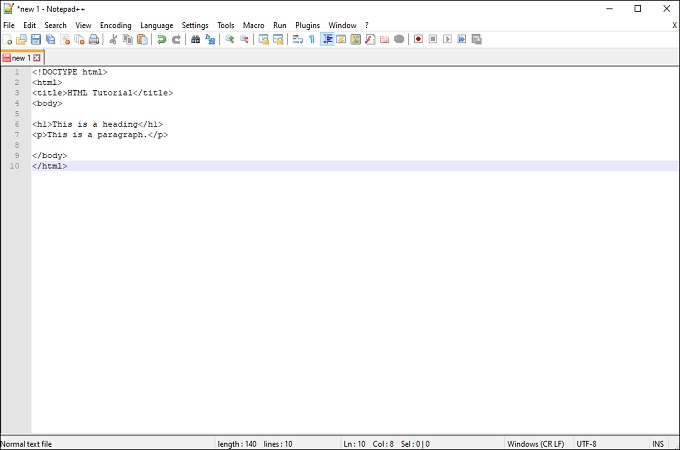
- Finally, save the coded HTML page to apply the changes on your sitemap.
Steps to Make Visual Sitemap Online
Visual sitemaps are one of the initial requirements when building a website. It serves as an outline of all the pages that will be included in your site. To create visual sitemap is as important as launching the website, as it provides clear structure of your entire website which is accessible to internet users, and at the same time can let them navigate to a specific page easily. To simplify things, we can compare a Visual sitemap to a directory. On that note, it is relatively easy to create Visual sitemap nowadays, thanks to tools readily accessible online. The steps below will teach how to use GitMind to make a visual sitemap.
- Launch GitMind on your web-browser and then click the “New Mindmap” button. Next, gather the URL of the pages within the website and list them down.
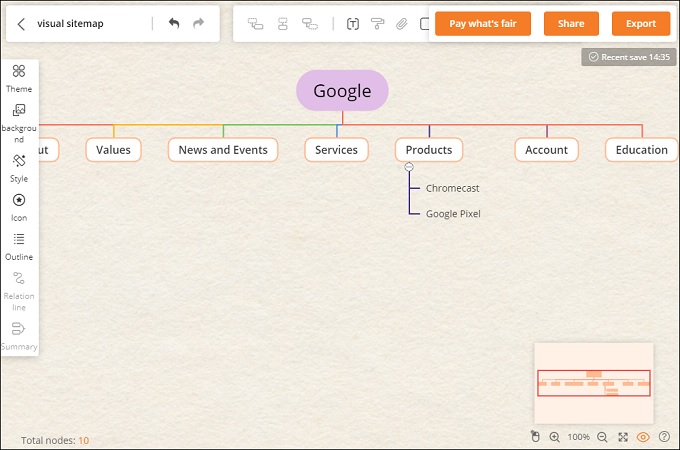
- Start editing and then enter the links to the text from each nodes to create visual sitemap. Simply click the “Insert” button and select “Hyperlink.”
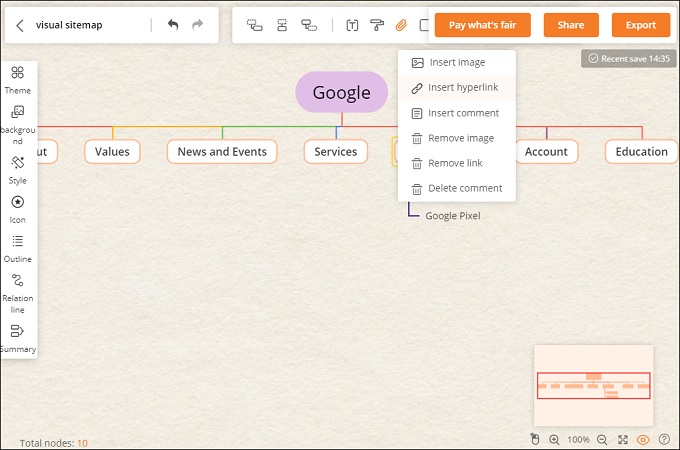
- Save the visual sitemap, by clicking the “Save” button. Alternatively, you can export the sitemap on your PC by clicking the “Export” button and choosing the right format for you.
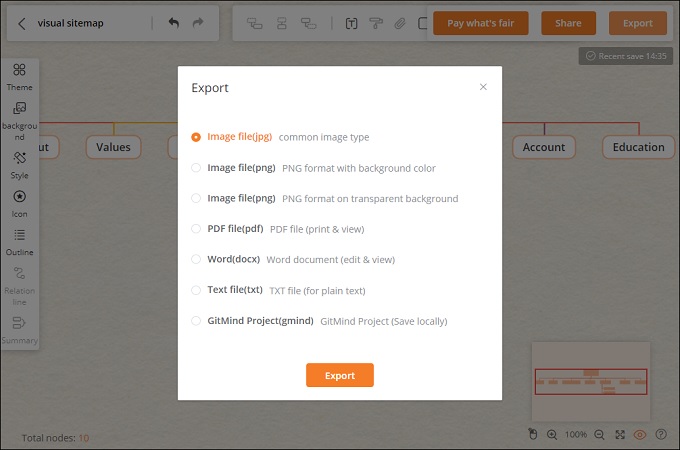
Sitemap Best Practices
Although having a sitemap is one way to improve your SEO for your website, it still needs to be maintained and needs attention to detail. That is why, you need to adapt the best practices as webmasters to achieve your goal. To lessen the chances of failing, we listed some of the best practices that you can do before you create sitemap and proceed with the website itself.
- Include all necessary pages – When collecting URL or internal links, make sure to be thorough. You need to fully include all the pages in your website for the search engine to be able to index them.
- Dynamic sitemap for large websites – The type of sitemap that you should make depends on the size of the website. For sites with over 100 pages, it is recommended to use automatic sitemap generators.
- Don’t include Noindex URLs – Including such URLs will only confuse your visitors and search engines, resulting in confusion and lower ranking.
- Don’t include broken pages – Regularly check your webpage for working and broken pages. This will ensure that your site is regularly updated and all information are legitimate.
- Keep checking if your sitemap is working – Regularly check your sitemap if the 404 error appears. If this happens, fix it immediately as it will affect the SEO efforts.
Conclusion
There is not a doubt that sitemaps play an important role in the success of a website. That is why it is critical to think and plan ahead before you create sitemaps and launch the website. To boosts the chances of success, you can follow the best practices guide above. Additionally, learning how to make a sitemap that fits the situation is also provided for more information.
Leave a Comment